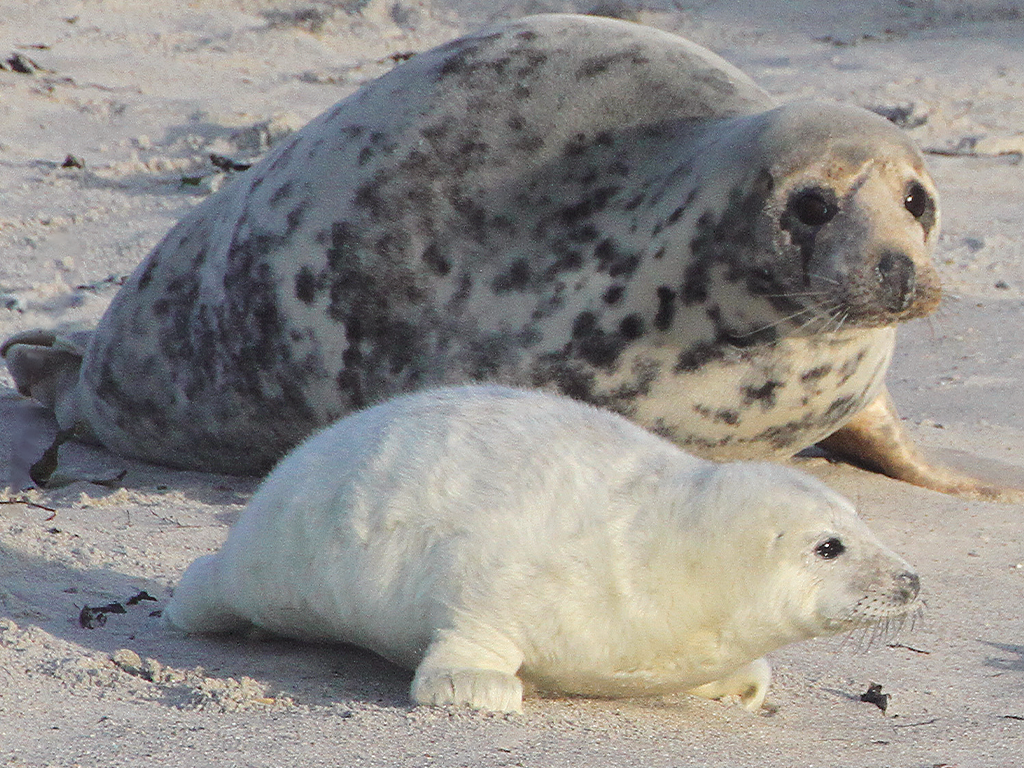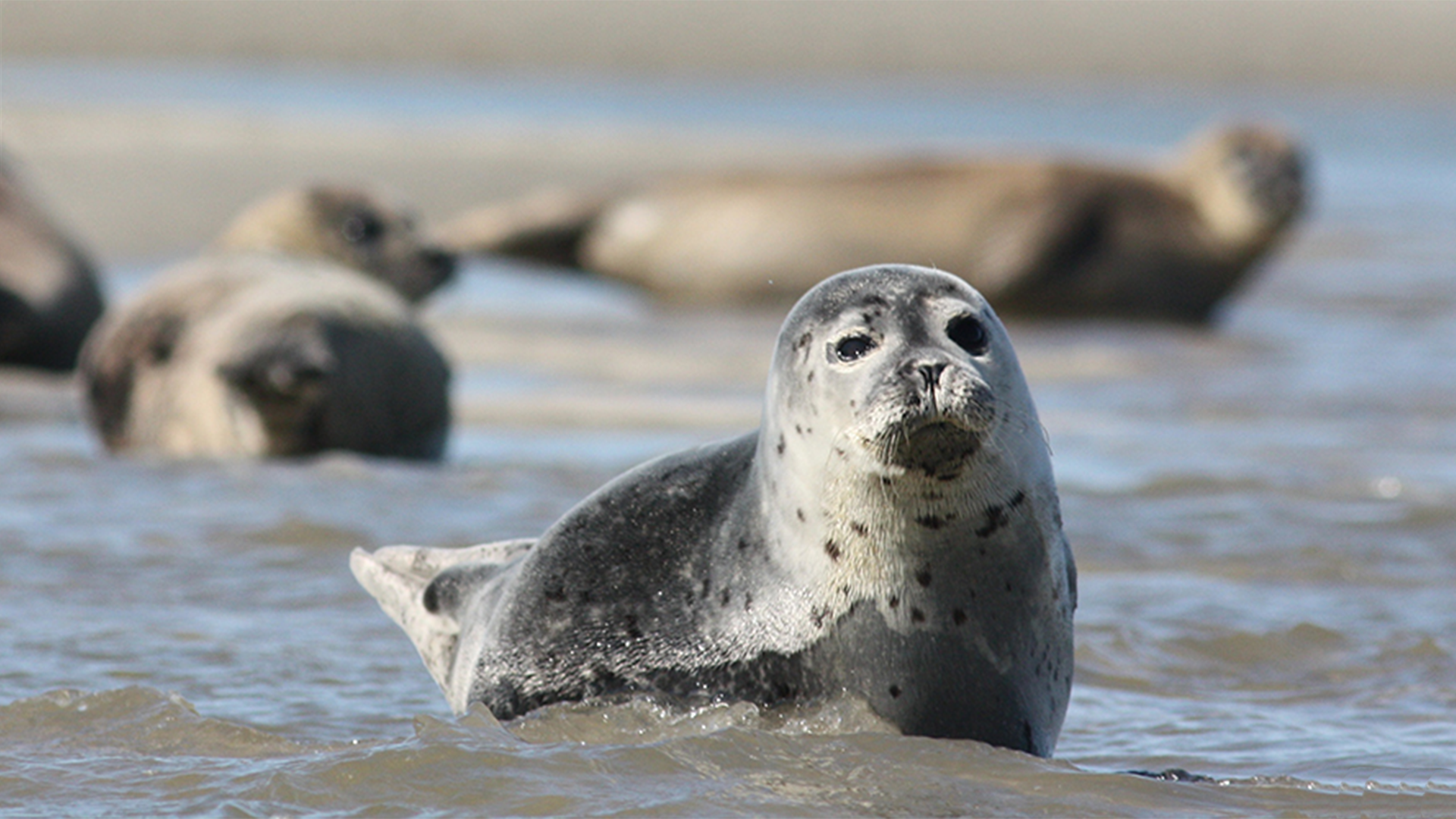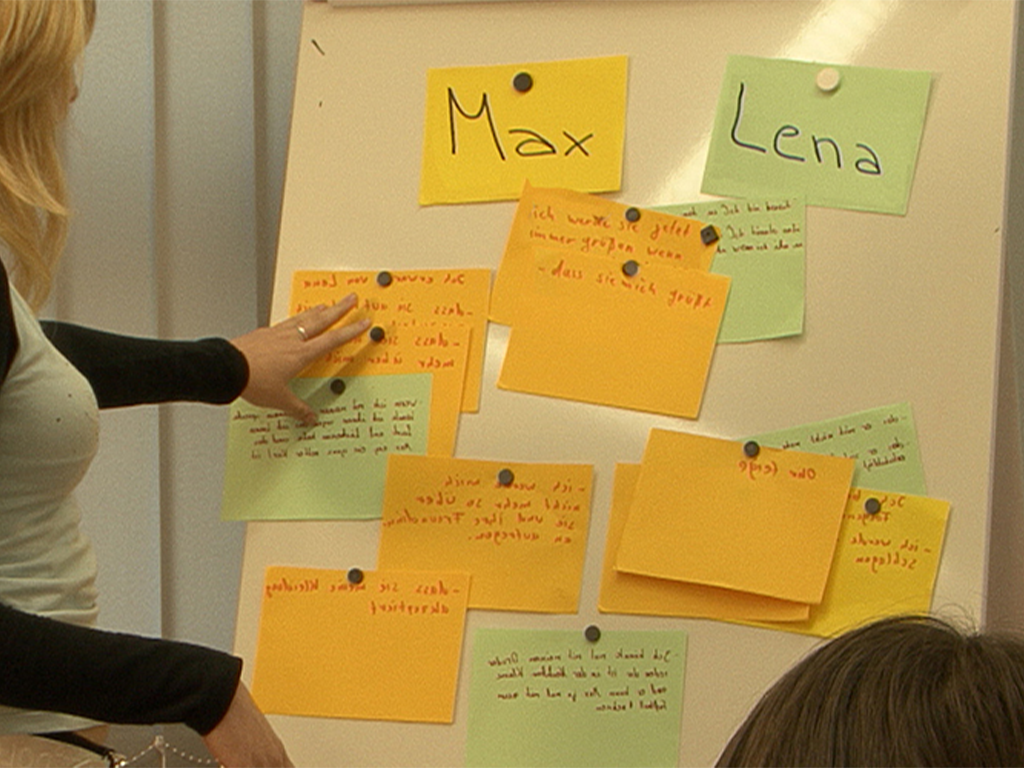 Biology
Biology

46503516 / 55502990
Seals
Species, occurrence, behaviour
Seals belong to the group of water-living mammals. Unlike whales and manatees, which have completely switched to aquatic life, seals lead a life both in the water and on land. This makes these animals special.
The film shows facts about breeding, mating and physique – how seals and grey seals differ and what dangers come from human influences.
How do seals manage to dive for 30 minutes without taking a breath? How can they hear under water and what is the function of the sensitive whiskers, the so-called vibrissae? These and other questions are answered in the film.

Curriculum-centred and oriented towards educational standards
Matching
Seal of approval
Quality seals such as the "Bio-Siegel", "Blauer Engel", "Stiftung Warentest" and up to 1,000 other seals represent characteristics such as sustainability, health or safety with regard to a product, a service or even a company.
Peer Mediation
Lena and Max attend the 7th form. Max is new in class. During a break, Max notices that Lena and her friend are laughing at him again. Max loses his temper! He slaps Lena in the face. That hurts and Lena runs back into the classroom with a red cheek. The growing conflict between the two has escalated. Just like Lena and Max, every day pupils all over Germany have rows with each other. At the Heinrich Hertz Gymnasium in Thuringia, pupils have been trained as mediators for years. At set hours, they are in a room made available by the school specifically for mediation purposes. The film describes the growing conflict between Max and Lena and shows a mediation using their example. In doing so, the terms “conflict” and “peer mediation” are explained in a non-technical way. The aims of peer mediation and its progress in five steps as well as the mediators’ tasks are illustrated. The art of asking questions and “mirroring”, which the mediators must know, is described and explained. Together with the comprehensive accompanying material, the DVD is a suitable medium to introduce peer mediation at your school, too.









